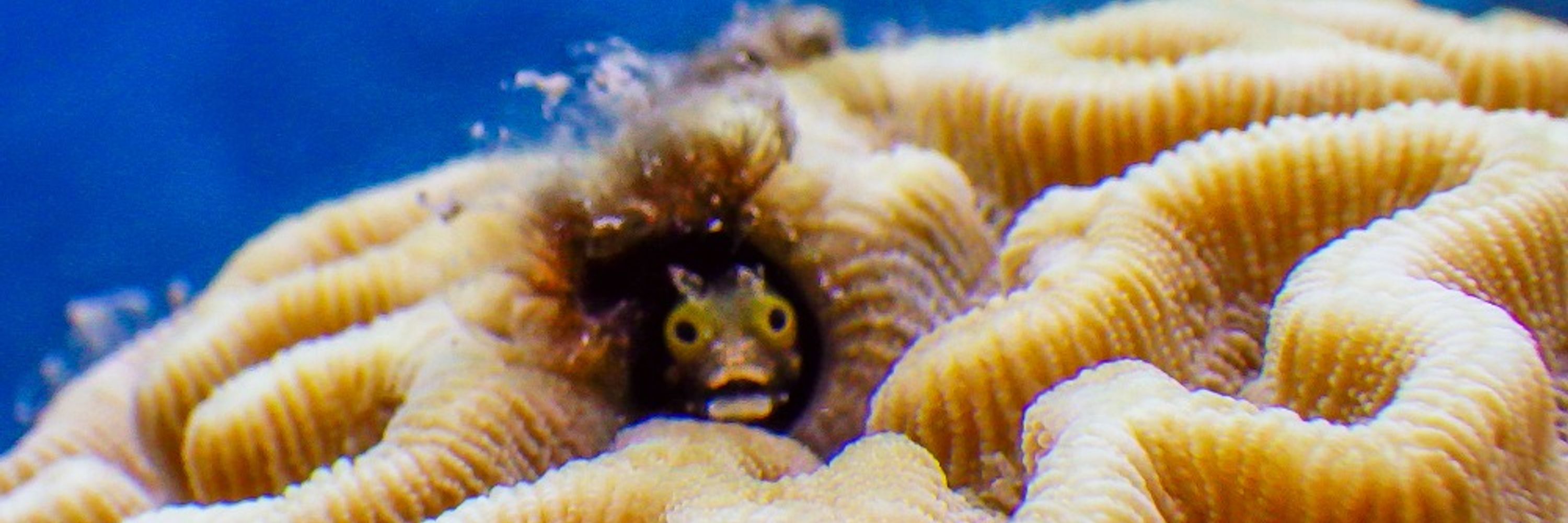




Exciting time to be a postdoc 🙃

Exciting time to be a postdoc 🙃

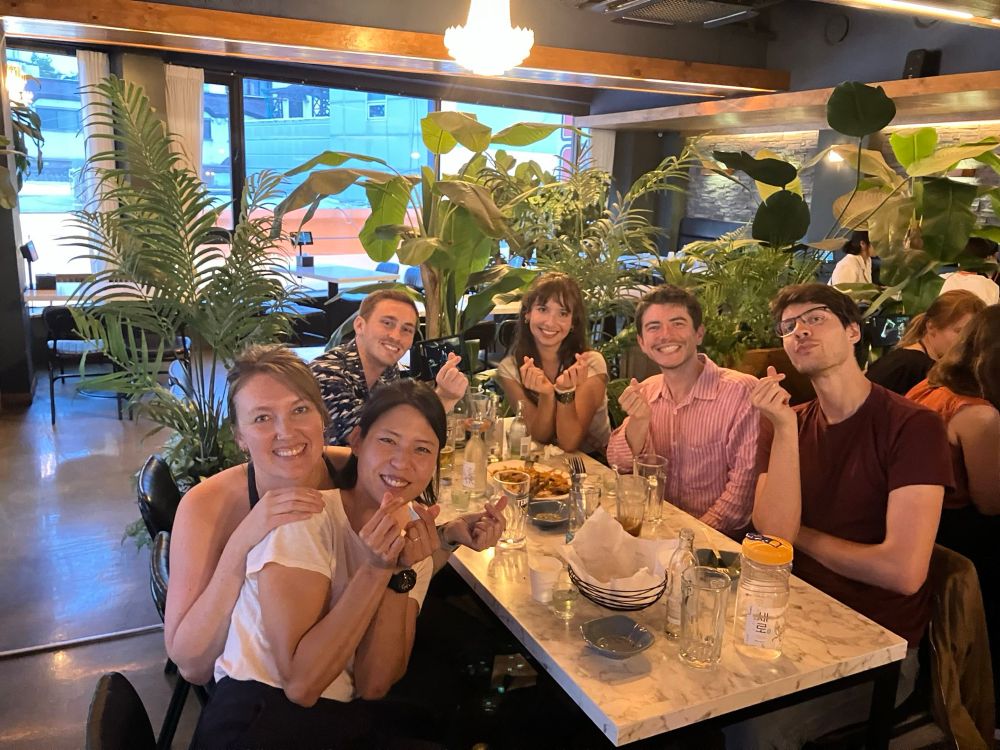
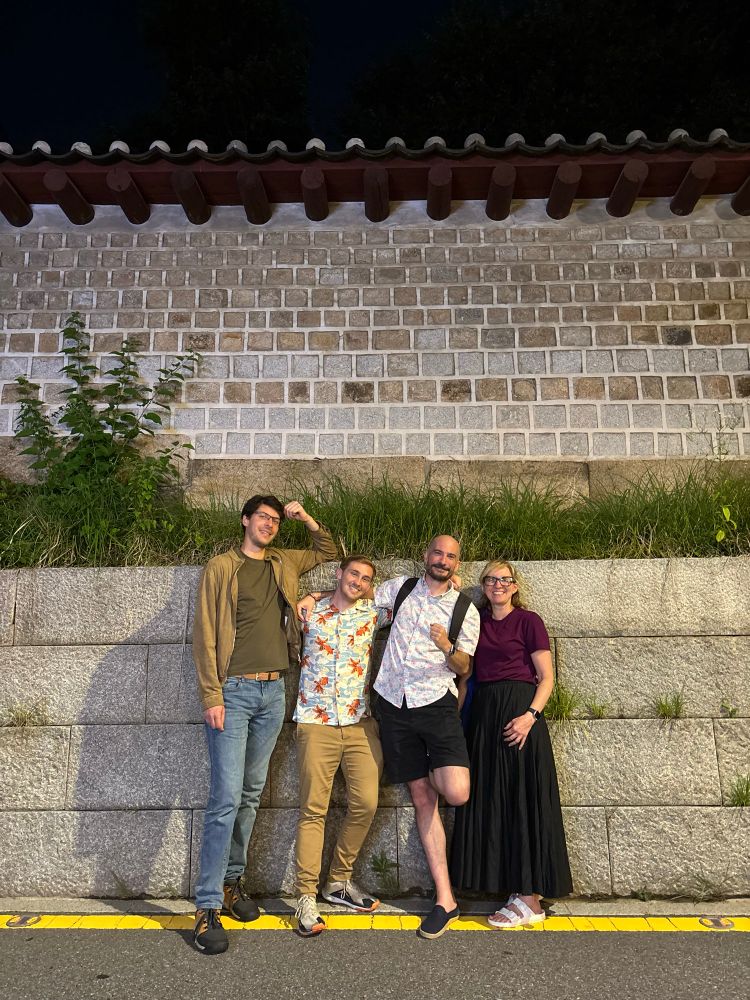














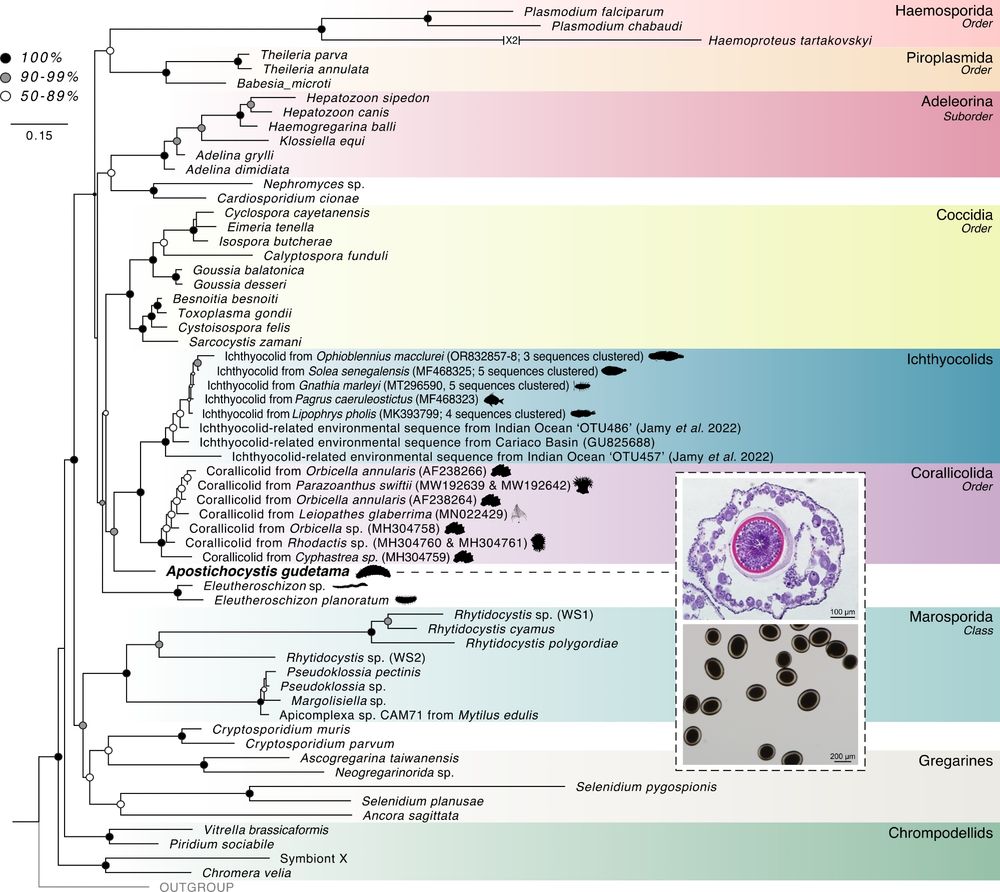















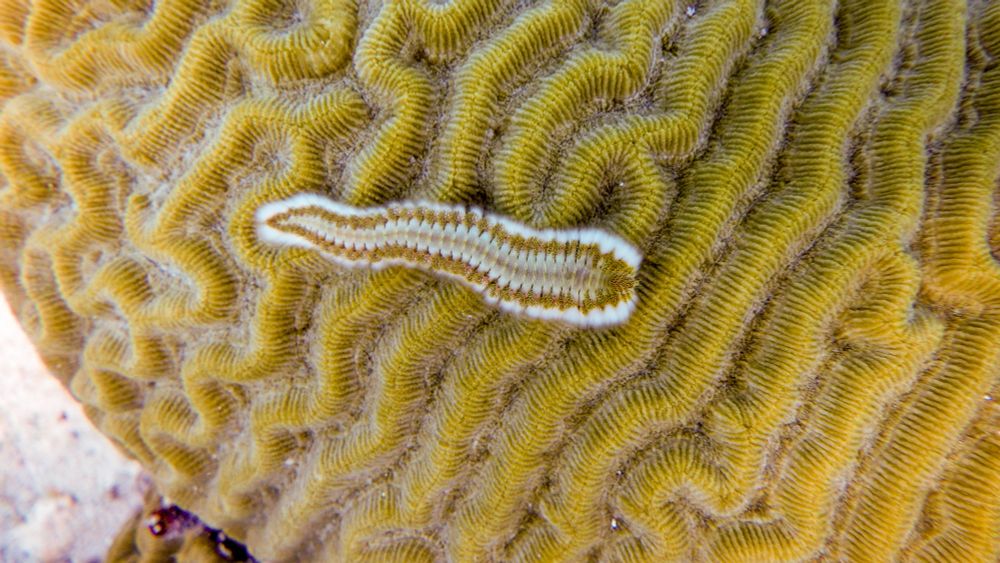

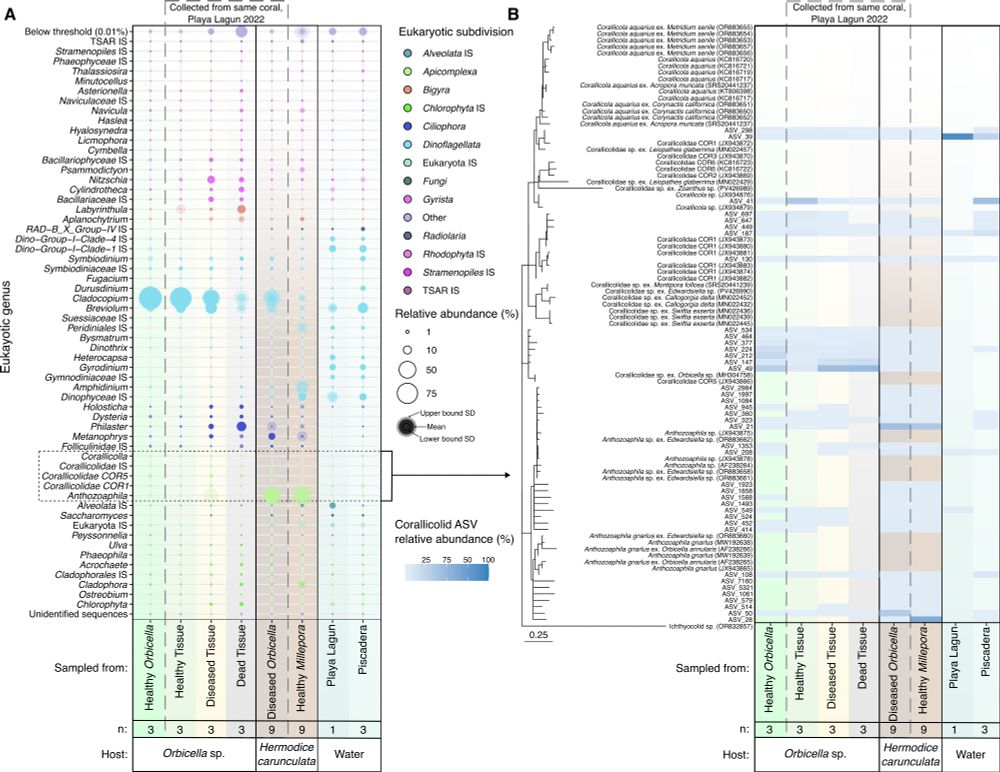
The @delcampolab.bsky.social team spotted this while investigating coral diseases in partnership with CARMABI 🧪🏝️
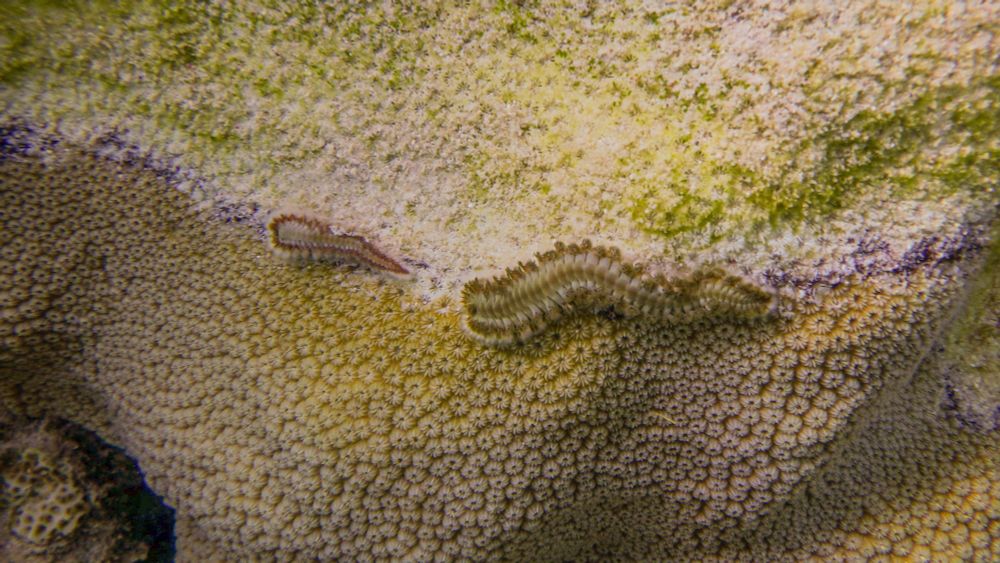
The @delcampolab.bsky.social team spotted this while investigating coral diseases in partnership with CARMABI 🧪🏝️




